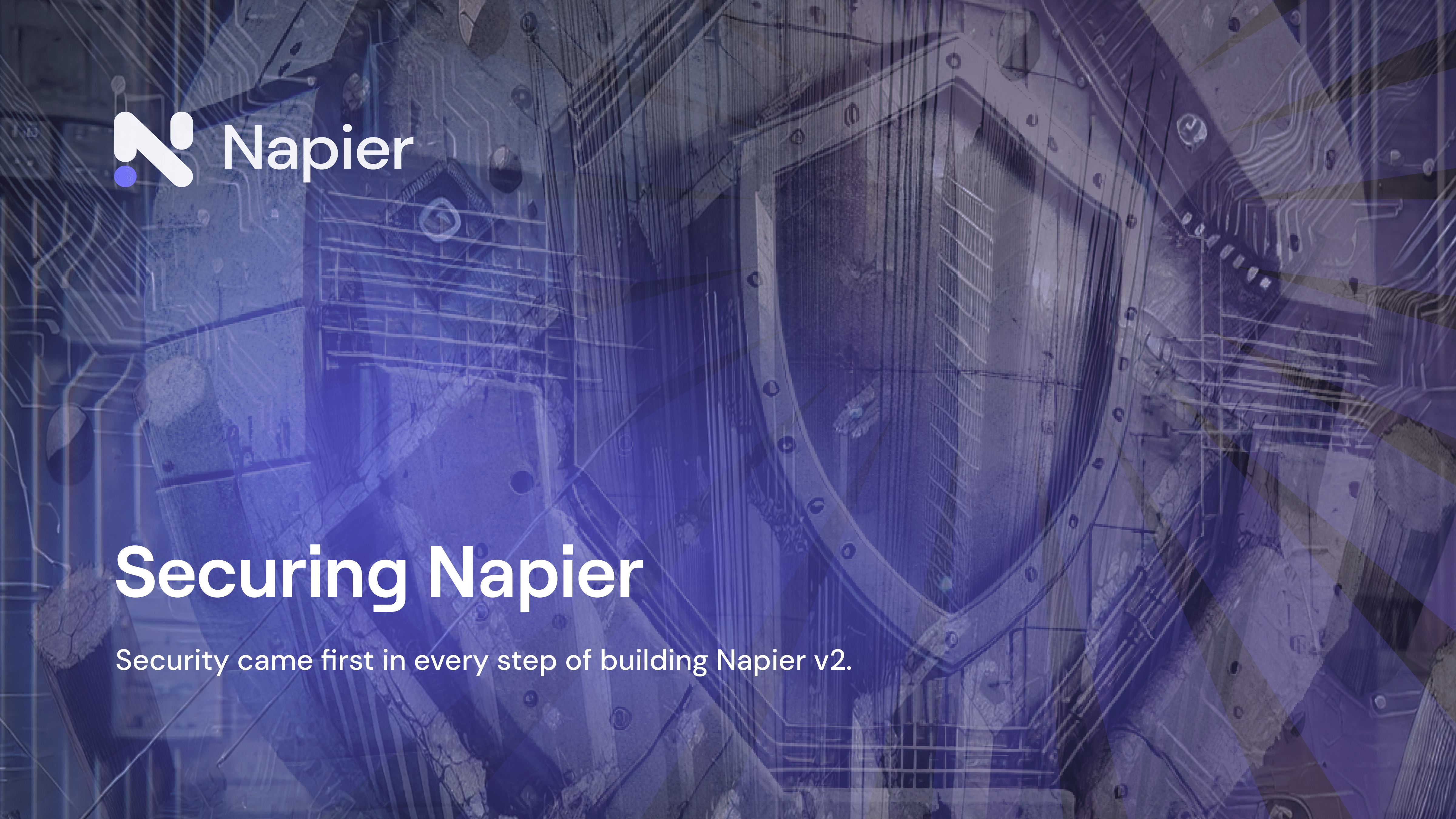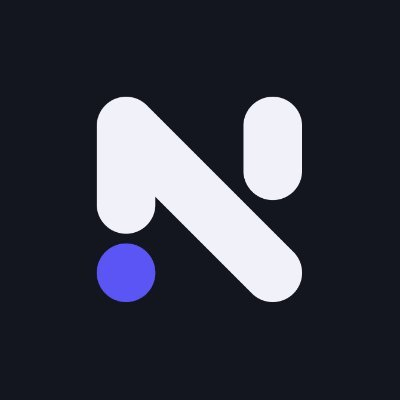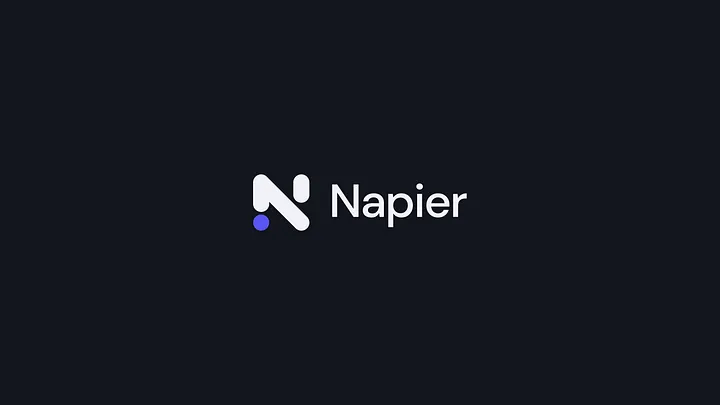
Securing Napier: A Robust Security Framework for Modular Yield Tokenization
Security came first in every step of building Napier v2.
The vision for transitioning Napier into a modular protocol dates back to early 2024. Since then, various code designs have been explored as proof of concepts even before the official launch of Napier v1.
While it is common to develop a protocol and later bring in auditors to consider its security after it has been developed, but in the development of Napier v2, these processes were considered from various aspects.From our architectural blueprint to every line of code, our approach to security is integrated into every phase of development, ensuring that risk is minimized and user assets remain secure.
The Napier Finance Version 2 is a modular yield tokenization protocol enabling users to fix, trade yield and build without limits on the Ethereum Virtual Machine. The protocol is implemented as immutable smart contracts, designed to function as a trustless base layer for users and applications.
Napier v2 is licensed under GPLv3 which you can find github.com/napierfi/napier-v2. Once deployed, Napier will function in perpetuity, provided the existence of the Ethereum blockchain.
Modular Design: The Backbone of Security
Our commitment to robust security starts with a modular architecture. By breaking Napier down into focused, independent components, we not only streamline development but also isolate risk and simplify auditing. The key modules that drive our protocol include:
- Access Manager: Controls permissions and governs access to critical functions, ensuring that only authorized operations can modify protocol parameters.
- Reward Proxy: Manages the distribution and tracking of yield rewards, maintaining integrity across user interactions.
- Principal Token: Represents users’ principal positions and underpins secure accounting and balance management.
- Zap: Facilitates seamless token conversions and interactions within the protocol, minimizing risk during complex transactions.
- Fees: Oversees fee calculations and distributions, ensuring transparency and efficiency while preventing revenue leakage.
This modular approach allows each component to be developed, tested, and audited both independently and in concert, resulting in a system that is both resilient and adaptab
Security-First Development Processes
Security at Napier is built in from the start. Rather than treating security as an afterthought, our development process embeds best practices and rigorous testing at every stage:
- Early and Ongoing Reviews: We engage external security experts early in the design process to scrutinize our architecture and challenge our assumptions. These collaborative sessions have been crucial in identifying potential vulnerabilities long before our code reaches production.
- Dedicated Testing Routines: Our development pipeline incorporates extensive unit and integration tests, complemented by rigorous fuzz testing. Additionally, we employ invariant testing and small symbolic testing—courtesy of Halmos—to assert a wide range of properties in our contracts.
Comprehensive External Audits & Comment from Auditors
To validate our security posture, Napier has undergone a series of in-depth external audits by industry-leading firms. Our trusted partners include:
- Winnie: As the top-ranked team in Code4Arena, Winnie delivers an in-depth review of our core smart contract logic, setting a gold standard for DeFi security.
- “During the audit, I observed a well-structured codebase designed with modularity and extensibility in mind, reflecting the team’s forward thinking. While no codebase is immune to risks, Napier’s engineering team displayed exceptional professionalism in addressing identified issues promptly, iterating with clear communication and thorough remediation. Their commitment to proactive risk mitigation sets a strong foundation for the v2 launch.”
- Vectorized: Recognized as the inline assembly chad, Vectorized scrutinizes our code for gas optimizations and low-level efficiency, ensuring our contracts run as intended under every circumstance.
- “Napier V2 balances flexibility, DevX, UX, and performance in a beautiful codebase. They have paid great attention to safety, which is especially crucial with modules that use delegatecall (an opcode that is powerful but prone to footguns). Their inline-assembly is also well-written. The codebase optimizes heavily for the most frequent use cases. Both high-level architecture and low-level implementation are thoughtfully designed, resulting in a well-structured and maintainable system. I like their eye for detail, such as the efficiently onchain auto-generated token names.”
- Cmichel: The leading security researcher and auditor at Cantina & Spearbit, Cmichel is known for his deep expertise in smart contract security and innovative auditing methodologies.
- “Napier Finance's v2 codebase stands out for its clean design and modular architecture. Combining pre-audited module templates enables rapid deployment of custom fixed-yield contracts while minimizing the attack surface that comes with a permissionless deployment system.”
- Kurt (infomorph): The top-tier security auditor at Cantina & Spearbit, Kurt brings meticulous analysis and a hacker’s mindset to security audit process.
- “The quality of the Napier code is among the highest I've seen. A lot of edge cases that I expected to find problems with turned out to be correctly handled after careful investigation. This is especially impressive given the size and complexity of the codebase.”
- Electisec (prev. yAudit): With deep familiarity in DeFi design, Electisec examines our protocol’s architecture to validate its resilience against advanced attack vectors.
- “The Napier V2 codebase exhibits strong engineering fundamentals with a well-architected modular design. The implementation demonstrates careful consideration of security principles, particularly in its robust access control system and thoughtful handling of mathematical operations for fee calculations and yield mechanics. While the extensive use of assembly code adds some complexity, the core functionality remains well-structured and thoroughly documented. The absence of critical or high-severity findings speaks to the quality of the initial implementation. The identified issues were primarily focused on optimization opportunities and edge cases rather than fundamental security concerns, suggesting a mature approach to protocol design. The team's responsive handling of findings and willingness to implement recommended improvements further reinforces confidence in the protocol's security posture.”
- Cantina & Spearbit : Representing a top-notch team in the security space, Cantina (with contributions from experts like CMichel) brings a global perspective and rigorous code review practices through competitive audit challenges. The following comments are from Hrishi, Head of Competitions at Cantina.
- "The Napier team set a high standard for how a smart contract audit competition should be run. Their documentation was thorough, with plenty of resources that made it easy for researchers to dive into the code. They had clearly defined protocol roles and privileges, making the security review process efficient and structured. Having gone through multiple audits before the competition, their preparations clearly showed a deep understanding of security and a strong commitment to it. They also did a great job of defining the scope, outlining what was in and out, and providing everything researchers needed to do their best work. It was a really professional and well-organized experience."
Each audit was tailored to assess both individual modules and the integrated protocol, ensuring that every layer—from Access Manager to Fees—is built to the highest security standards.
Community-Driven Security: Code Audit Competition
In addition to traditional audits, Napier has embraced the power of community-driven security by hosting an open code audit competition. With a significant bounty pool set aside, we invited security researchers from around the globe to test our platform rigorously. This initiative not only provided additional scrutiny but also fostered a collaborative spirit that enhances our overall security framework.
Continuous Real-Time Monitoring with Hypernative
Static audits and pre-deployment testing are critical, but maintaining security is an ongoing commitment. That’s why Napier leverages Hypernative for continuous on-chain monitoring. Hypernative tracks real-time activity across our protocol, alerting us instantly to any unusual or potentially suspicious behavior. This proactive monitoring enables us to respond swiftly to potential threats, ensuring that user assets and yield strategies remain secure at all times.
Conclusion
Napier’s security framework is the result of a deliberate, multi-layered approach to risk management. By adopting a modular architecture, implementing rigorous testing routines, undergoing comprehensive external audits, and integrating continuous real-time monitoring, we have built a yield trading platform that stands resilient against evolving threats.
While no system can claim absolute invulnerability, our “security first” philosophy ensures that we are constantly evolving and enhancing our defenses. At Napier, our commitment to safety means that users can engage in yield trading with confidence, knowing that their assets are protected by some of the most robust security measures in the DeFi space.
Security is an ongoing journey, and we remain dedicated to pushing the boundaries of what a safe and reliable yield trading ecosystem can be.
Once deployed, Napier v2 will function perpetually as long as the Ethereum blockchain exists. The moment it is unleashed into the world is closer than ever.



